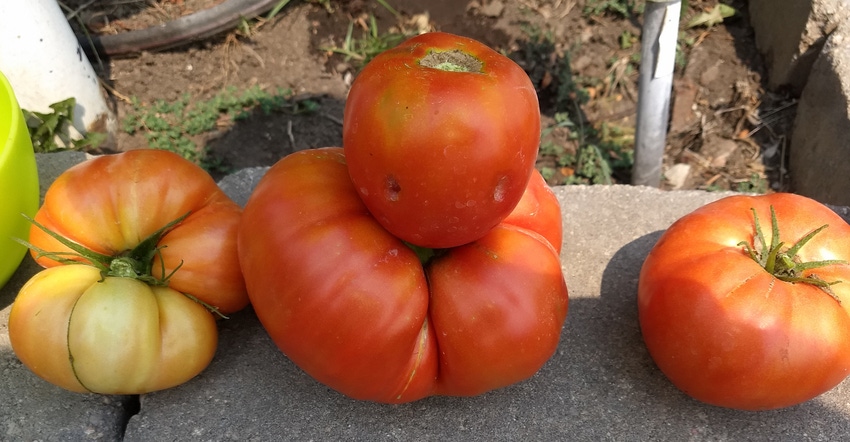October 7, 2021

How can I prepare my garden soil for next year’s growing season? This gardening season is pretty much winding down with cooler temperatures, and the inevitable fall frost killing off the produce that was still growing.
It is time to transition into preparing garden soil for the next growing season. Investing time now to prepare the soil can reap increased quality and quantity of produce or ornamental beauty in the garden in 2022.
Here are some simple tips to garden soil preparation that use natural resources, increase soil fertility, improve soil water-holding capacity, and reduce garden pests and diseases.
Remove dead material
First, remove dead and dying plants out of the garden unless they are perennial flowers or crops such as asparagus or rhubarb. Healthy plant material that is not diseased can be added to a compost pile. Discard and do not compost diseased plant material as the composting process cannot guarantee complete destruction of the pathogens.
Second, after plant material has been removed from the garden area, remove extra weed and plant debris that is present in and around the garden area. Plant debris and weeds serve as a shelter for insect pests that damage crops and flowers in the future.
Incorporate compost, manure and shredded leaves into the garden soil to a depth of 12 inches. Bagged compost from a retail store or a municipal compost pile may be available to gardeners to purchase and incorporate if they do not have their own compost pile at home.
This is the time to apply un-composted, raw cattle, horse, sheep, goat, rabbit or poultry manure into the garden to weather over winter — and be ready to fertilize vegetable crops next season.
Ideally, compost, manure and leaves should be mixed into the soil with a spade or potato fork to reduce the chance of creating a soil hardpan in the garden. Incorporation with a tiller can destroy soil structure and beneficial soil microbes that improve soil drainage and organic matter levels.
If garden soil starts to accumulate with an extra “fluffy” look to it on the surface, a hardpan layer might be present, or has unintentionally been created.
Cover crops
Consider planting a cover crop in vegetable garden spaces in the fall. Cover crops, including oats, rye and field peas can reduce soil and water erosion during the fall and winter. Incorporating these cover crops into the soil next spring before planting increases organic matter content, water and nutrient-holding capacity — and plant-derived nutrients to benefit next year’s crops.
For flower beds where established perennial plants are present, incorporate shredded leaves, compost and manure around the base of established flowers without accidentally burying these established flowers. Where possible, gently incorporate these amendments with a hand trowel where open space is available. A very light layer (less than an inch deep) around perennial flowers such as iris and peonies is important as they are very sensitive to being buried too deep.
All of these suggestions help gardeners invest in next year’s garden now with improved soil health and productivity. Investing time and effort now can reap major gardening benefits in 2022.
If anyone has any questions about improving garden soil health in the fall, please contact me by sending an email to [email protected], or by calling the Nebraska Extension office in North Platte at 308-532-2683.
Lott is a Nebraska Extension horticulture educator.
You May Also Like




